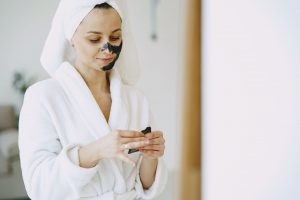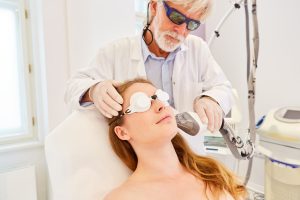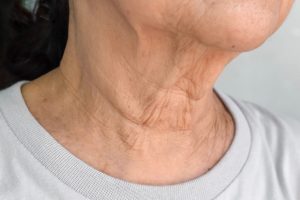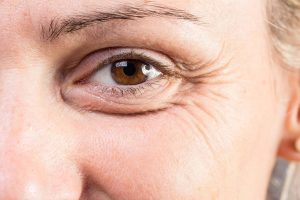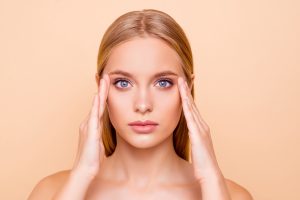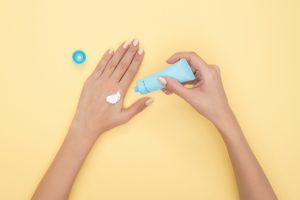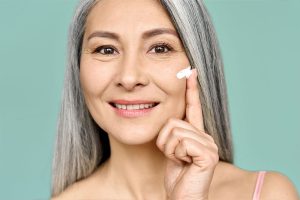Dark Spot Treatments That Nobody Told You About
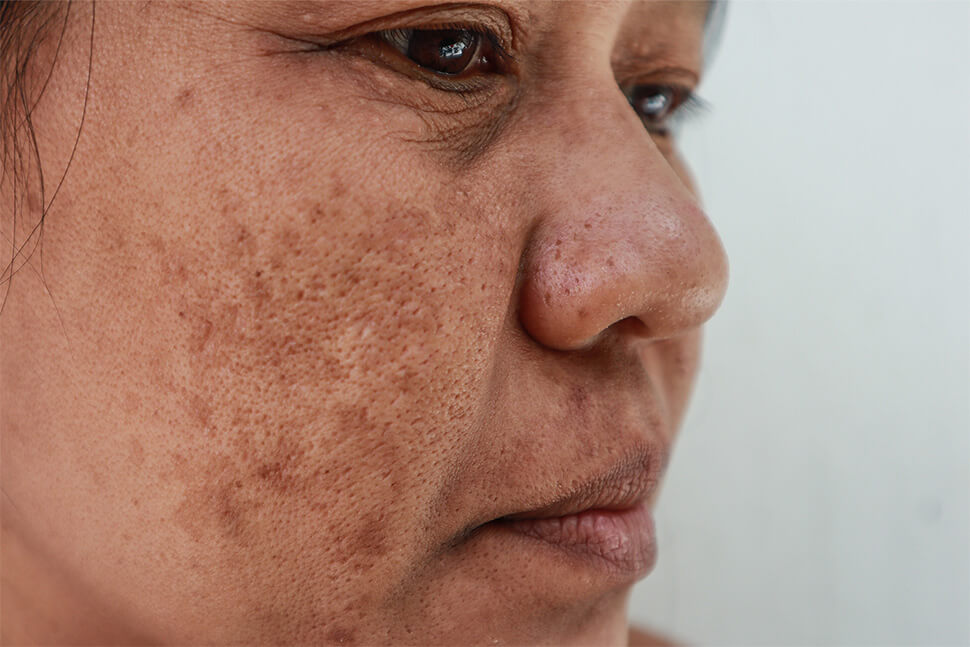
When it comes to treating dark spots, people often pay a lot of attention to brand names. But no matter what brand of dark spot treatment you use, you’ll never get the results you’re looking for without the power of solidly researched, powerhouse ingredients.
After all, the ingredients are the real star of the show in all the best dark spot correctors. We’re all about the ingredients here at MiamiMD.
Dr. Jegasothy has approved every element that goes into our functional beauty skincare line, our world-renowned, doubly Ivy-league educated dermatologist and founder.
We know what we’re talking about when it comes to products that offer dark spot treatment, whether your discoloration is under the eyes or on the face. Here are some of our favorite dark spot treatments to even your skin tone and complexion that nobody told you about and why we love them.
What Causes Dark Spots in the First Place?
Before you put any targeted skincare product on your face, it’s vital to know the root cause. Knowing what you’re up against can also help you understand why ingredients work or don’t work so that you can make the best choices for your skin in the future.
Dark spots, or hyperpigmentation, can happen for various reasons, including:
-Sun exposure
-Acne
-Age spots
You may also notice that you only have a single dark spot (on your cheek, for example) or a “cluster” or patch of them.
Most often, dark spots are the result of years of compounding sun damage. The unfortunate part about UV radiation, sun exposure, and the changes it can make to your skin is that the actual consequences aren’t seen until years down the line.
When it comes to dark spots, they’re the result of the body creating more melanin (pigment) in an attempt to protect your skin from harm. That’s one of many reasons why a fragrance-free, high-SPF sunscreen is so important to use every day.
In other cases, your dark spots may be related to other types of damage done to the skin. Specifically, blemish marks and acne scars are the most likely cause.
While some people experience them after a single blemish, they are usually related to people who have suffered from chronic breakouts for years. The skin reacts similarly to how it does with UV exposure, protecting the skin by creating more pigment in the damaged areas.
With those two primary triggers in mind, it’s evident that getting rid of dark spots involves finding a way to reduce the amount of melanin in those areas.
Ingredients To Watch for
While you’re looking for dark spot treatments, make sure to read the ingredient label carefully.
Knowing what to look for in serums and formulas, the lightening ingredients that genuinely address the primary causes of dark spots on your skin can help you spend your money wisely.
Whether you use prescription or over-the-counter products, you’ll want to find a formula that improves your skin texture and tone. Each of these ingredients can be effective on its own, but combining them can give you even more bang for your buck.
Vitamin C
One of the most talked-about ingredients for dark spot treatment is vitamin C (or ascorbic acid). Although you may be most familiar with vitamin C as one of the components of your multivitamin, it is also beneficial when used topically.
First and foremost, vitamin C is an antioxidant. That status informs its usefulness for various skincare concerns, especially its help with dark spots. Antioxidants are the natural antidote for a dangerous molecule known as a free radical.
What makes them so dangerous is that they lack a balanced number of electrons. If it’s been a while since your last chemistry class, every molecule we encounter is stable when they have four pairs of electrons — eight total.
When molecules are unbalanced, they’ll do everything in their power to balance themselves back out. In most cases, they get this missing electron by stealing it from any other molecules they encounter.
While that doesn’t sound like that big of a deal, it makes the molecules that it took that electron from itself unbalanced. If those molecules are in the skin, the result is often a breakdown of collagen, leading to the appearance of fine lines, wrinkles, dark spots, and loose, sagging skin.
Vitamin C’s antioxidant status makes it able to scavenge free oxygen radicals in the skin. When it comes to helping with dark spots, that results in less of an ability for the skin to undergo melanogenesis (the production of excess pigment). That ability isn’t just hearsay either; they are the result of research and multiple studies.
Kojic Acid
Although it may sound unusual, another one of the ingredients that can be effective against dark spots comes from fungi and is a byproduct of fermentation. You may be familiar with a variety of different acids that are used in skincare products, like salicylic acid or glycolic acid. However, kojic acid can be just as powerful, especially when helping with dark spot treatment.
What makes kojic acid so beneficial is its impact on tyrosinase. While that may not sound familiar to you, it’s one of the amino acids that help produce melanin in the skin. As you already know, the more melanin you have in your skin, the darker that your skin is. When this melanin is all centered in a specific area, the result is a dark spot.
Kojic acid doesn’t have as much research behind it as vitamin C does, but that’s because it hasn’t been used as long. Research shows how promising it is as a brightening agent, which is why it is featured in our Dark Spot Corrector.
Glycolic Acid
Speaking of glycolic acid, this alpha-hydroxy acid is another effective dark spot treatment that we want to discuss in more detail.
Glycolic acid is helpful for all kinds of dark spots but has been specifically studied for how it can benefit people with post-inflammatory hyperpigmentation. This type of dark spot results from an injury to the skin, usually the kind that happens after chronic blemishes.
The way glycolic acid impacts the skin is by exfoliating it. Exfoliants help remove the dead skin cells from the skin’s surface, which build up as the skin naturally turns over.
When you have a way to clear those cells, it can also help the skin regenerate itself more quickly. The result is that the skin’s surface is always as “fresh” as possible, making it appear more radiant and youthful.
That regeneration, over time, can also reduce the appearance of dark spots on the skin. This lightning doesn’t happen overnight, though, so consistent use is vital if you want to see results. Often, it can take anywhere from 1 – 3 months to see a noticeable difference. The more you use it, the better your results can be.
Keep in mind that glycolic acid can cause some skin irritation, especially with more sensitive skin. To counteract that, start slowly and increase the frequency over time. You’ll also want to combine it with a practical, supportive moisturizer to help protect your skin’s moisture barrier effectively.
In Conclusion
Dark spot treatments are everywhere, but not all of them can live up to the hype. Choosing a skincare product backed by science, one that uses ingredients that have been researched and proven beneficial, helps you to spend your money wisely.
While there are no skincare products that can produce overnight results, the right product, along with consistent use, can be a real gamechanger.
At MiamiMD, our science-driven functional beauty products are all developed by our world-renowned, doubly Ivy League-educated dermatologist. We want to ensure that you get what you pay for because you deserve skincare products that really work for you.
Sources:
Periorbital Hyperpigmentation: A Comprehensive Review | PubMed (nih.gov)
Kojic acid applications in cosmetic and pharmaceutical preparations | PubMed (nih.gov)
